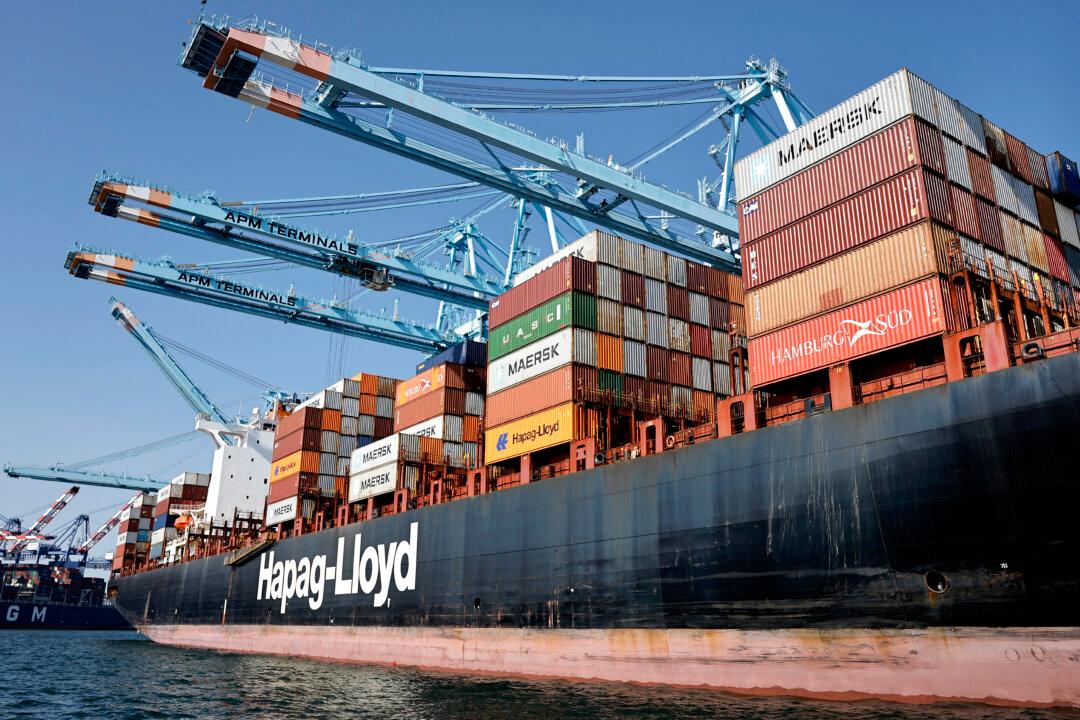Commentary
As Communist Party leader Xi Jinping begins an unprecedented third term with a team of loyalists, China faces an array of economic problems—financial strains, a collapse of the property sector, and the ill effects of COVID-19 lockdowns, just to name three currently attention-grabbing headlines.





